Tire Plug vs Patch: Which One Is More Effective in Fixing a Flat Tire?
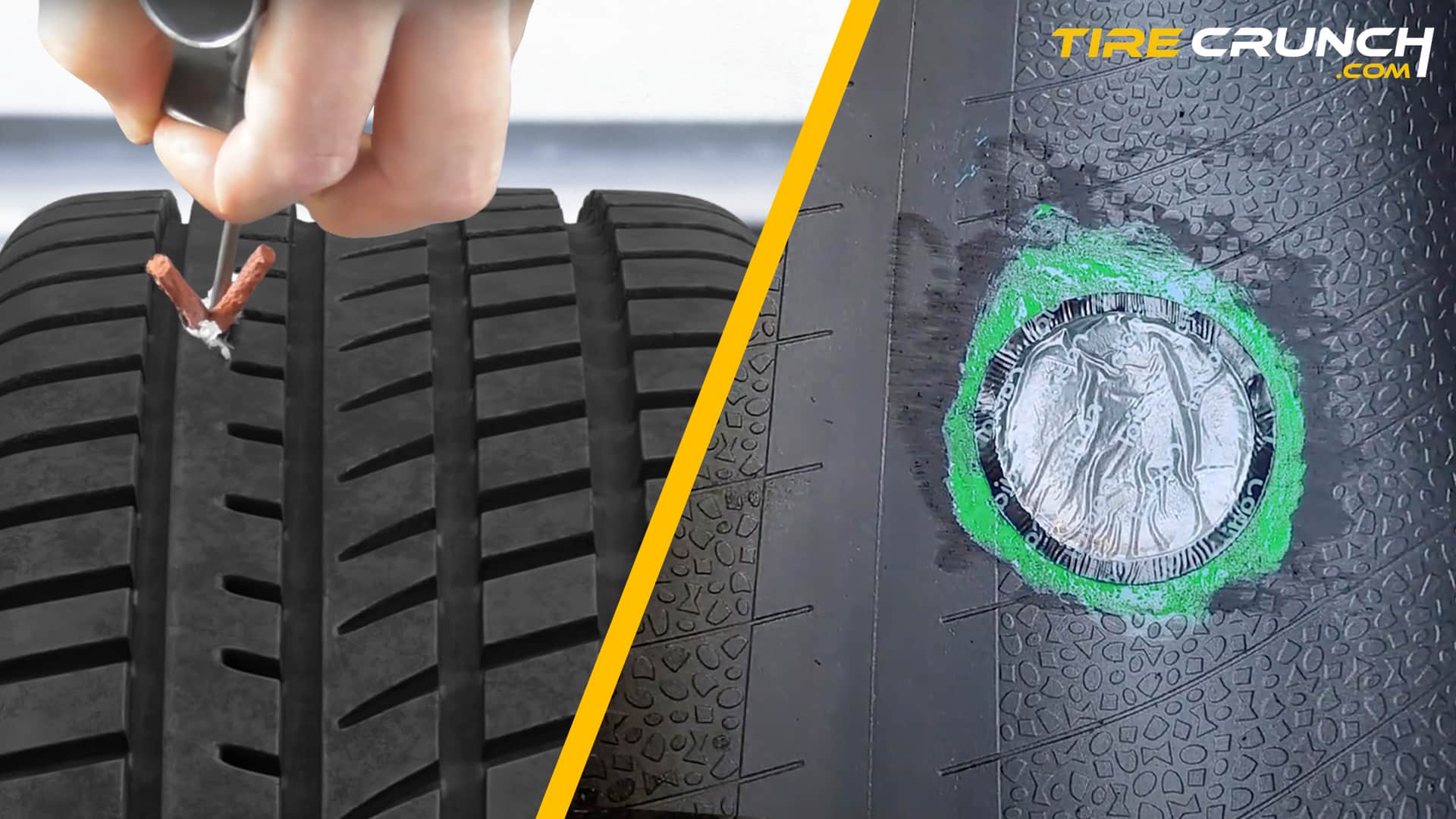
Dealing with a damaged or punctured tire can be a frustrating experience, but knowing the right repair method can make all the difference.
In this blog post, we’ll dive deep into the world of Tire Plugs and Patches, helping you understand tire damage and guiding you to make the best choice for your situation.
Key takeaways: Tire Plug vs Patch
The main differences between a tire plug and a patch can be found in their respective application procedures, permanency, and overall effectiveness:
| Tire Plug | Tire Patch | |
|---|---|---|
| Application Procedures | A tire plug is a small, sticky strip of rubber that is inserted into the puncture hole from the outside. | A tire patch is a piece of rubber with an adhesive backing that is applied to the inside of the tire. |
| Repair Time | Plugs are typically a quicker and easier repair option. | Patching requires the tire to be removed from the wheel, making it a more time-consuming process. |
| Permanency | Tire plugs are considered a temporary fix. | Tire patches are generally viewed as a more permanent and reliable repair option. |
| Effectiveness | Plugs work best for small punctures and might not be as effective for larger or irregularly shaped holes. | Patches can cover a larger area and are more versatile in repairing various types of tire damage, including punctures and cuts. |
| Risk of Failure | There is a risk of the plug falling out or leaking air if not properly installed. | When properly applied, a tire patch provides a strong seal against air leaks and is less likely to fail compared to a tire plug. |
What Is A Tire Plug?
A tire plug works by filling the punctured or damaged area with a sticky, expandable material that creates a seal. This material is typically made of rubber and can come in different sizes and shapes to fit the type of damage on the tire.
The plug is inserted through the outside of the tire into the puncture hole using special tools like a reamer and insertion tool. Once inside, it expands to create a tight seal that prevents air from escaping.
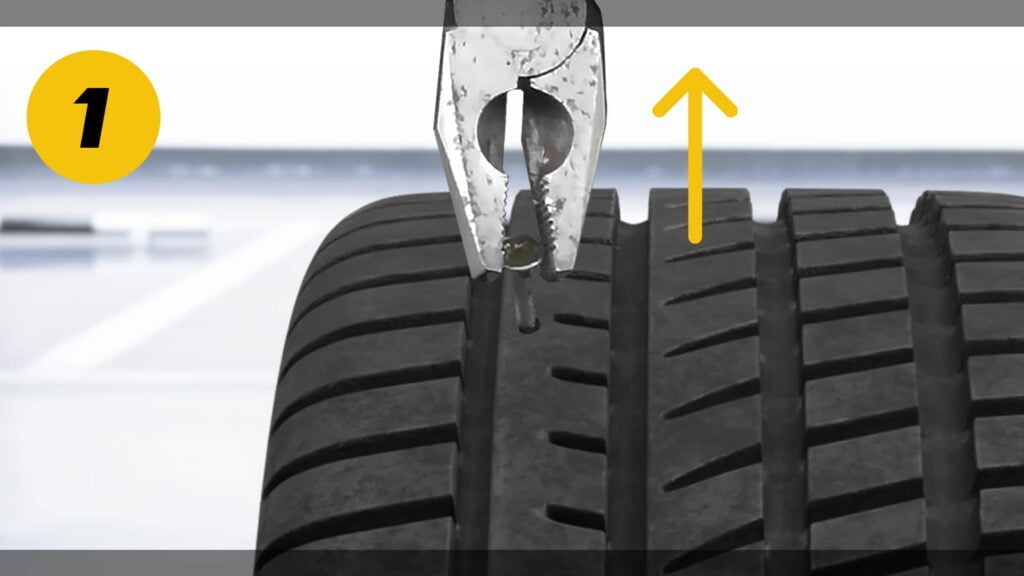
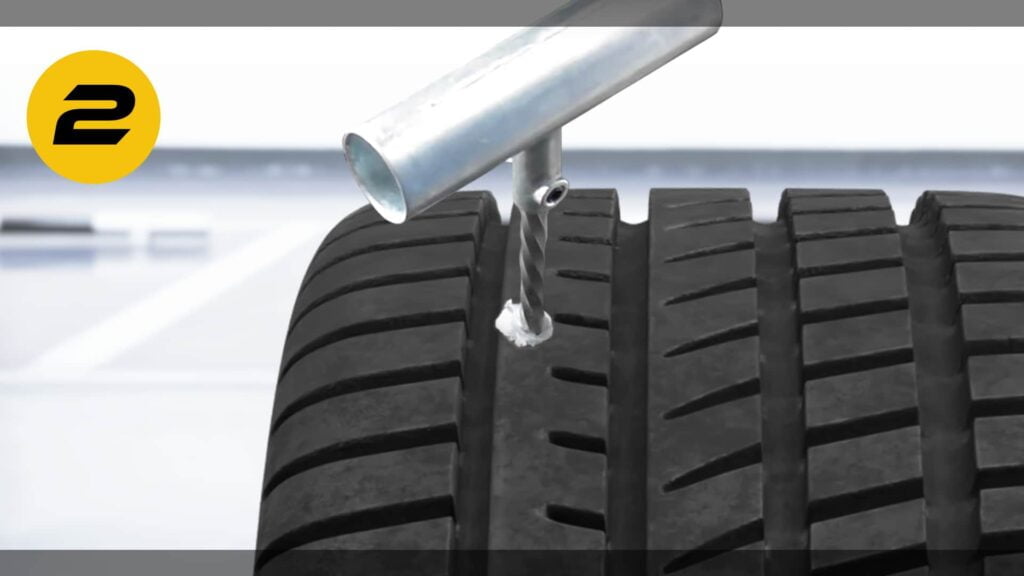
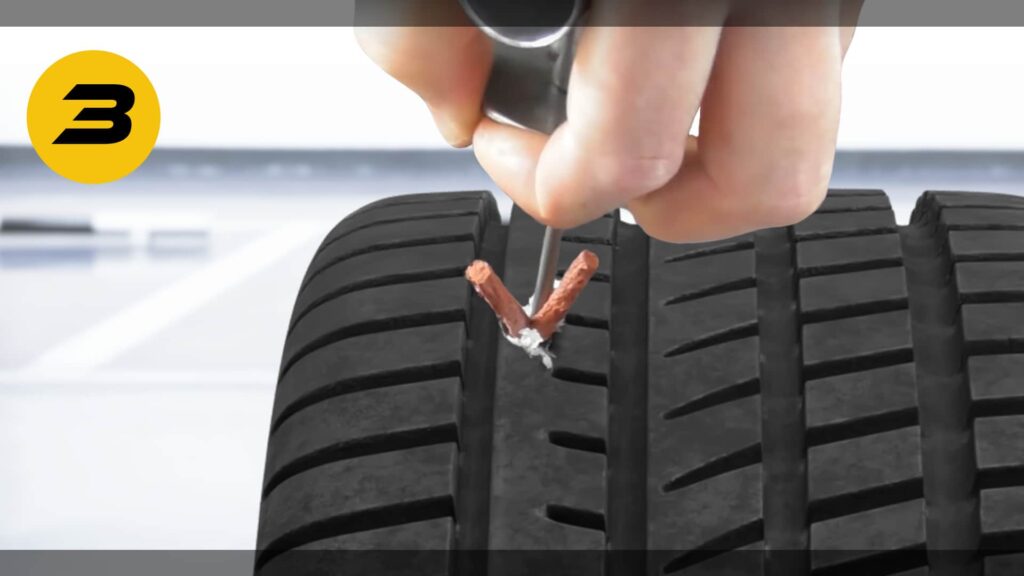
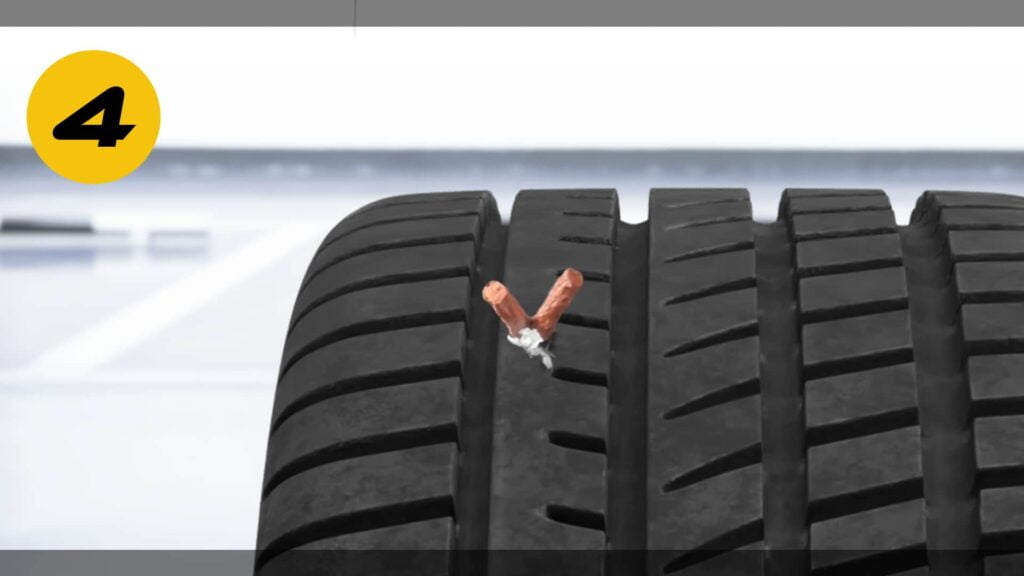
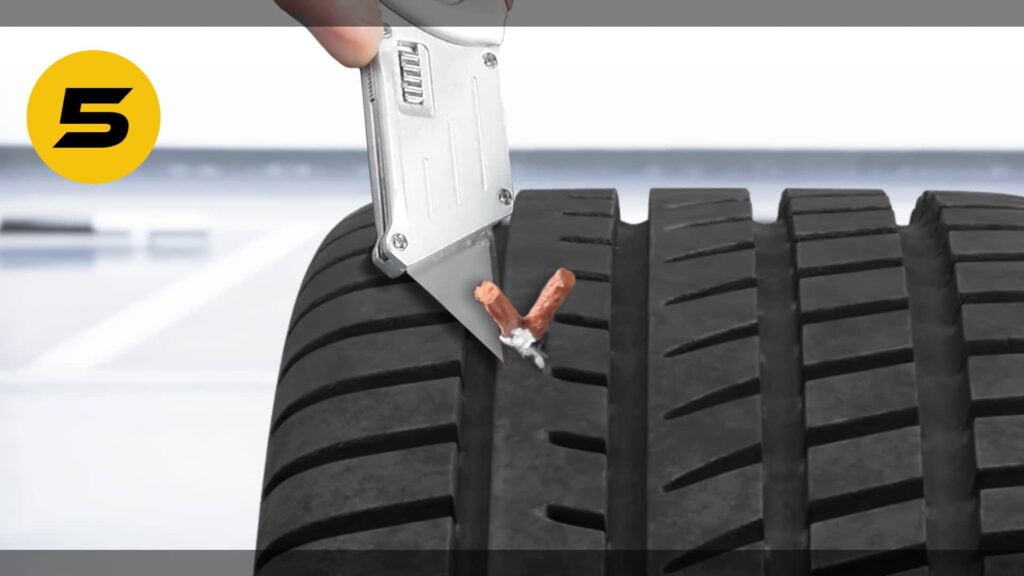
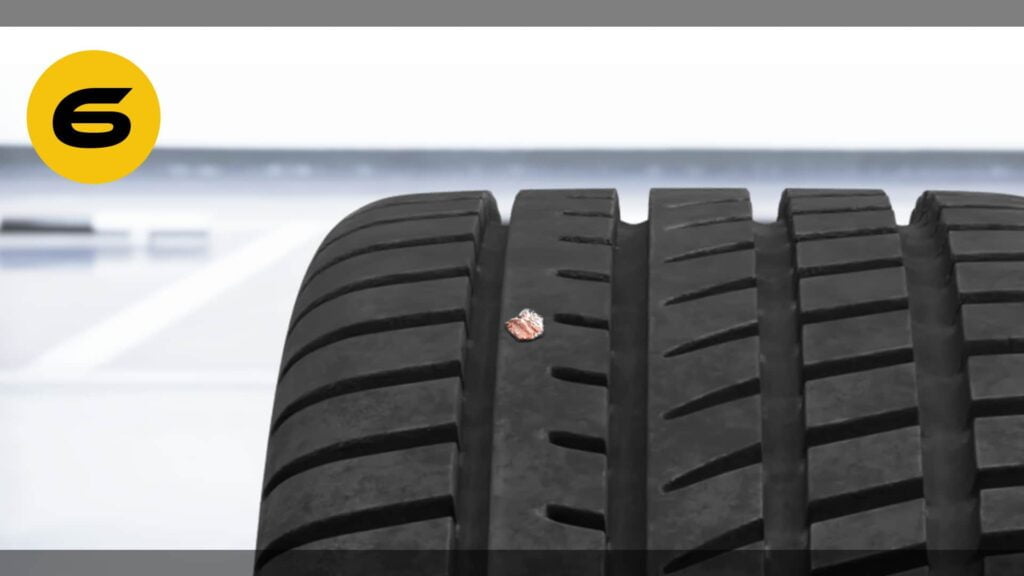
How Long Does A Tire Plug Last?
When done correctly, a tire plug can last for thousands of miles. However, it’s important to note that the lifespan of a tire plug is highly dependent on the size and location of the puncture, as well as how well it was applied.
Tire plugs are often used as a quick solution for minor punctures or nail holes in tires. While they can be effective in small situations, it's important to note that tire plugs aren't considered as secure as other repair options such as patches.
Over time, factors such as weather and road conditions can cause additional wear and tear on both the damaged area and on other parts of the tire itself.
What Is A Tire Patch?
A tire patch involves removing the damaged tire from the rim and applying a patch to cover the hole from the inside of the tire. The patch is typically made of rubber or other synthetic materials, which are chosen for their durability and flexibility.
Compared to tire plugs, patches require more skill and equipment to install, hence they can be more expensive.
However, since patches offer complete coverage of the damaged area, they are considered more reliable and long-lasting than plugs in most cases.
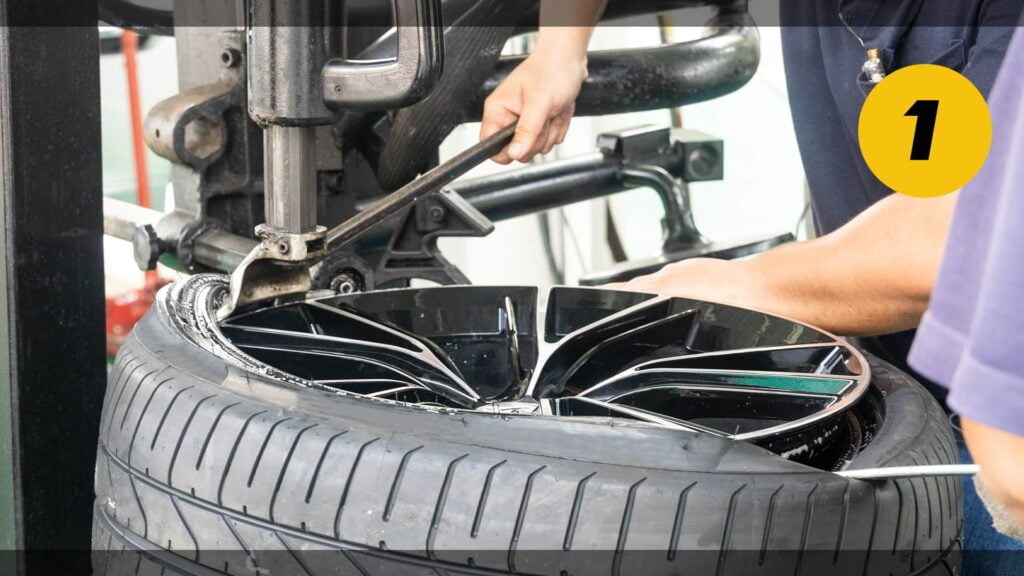
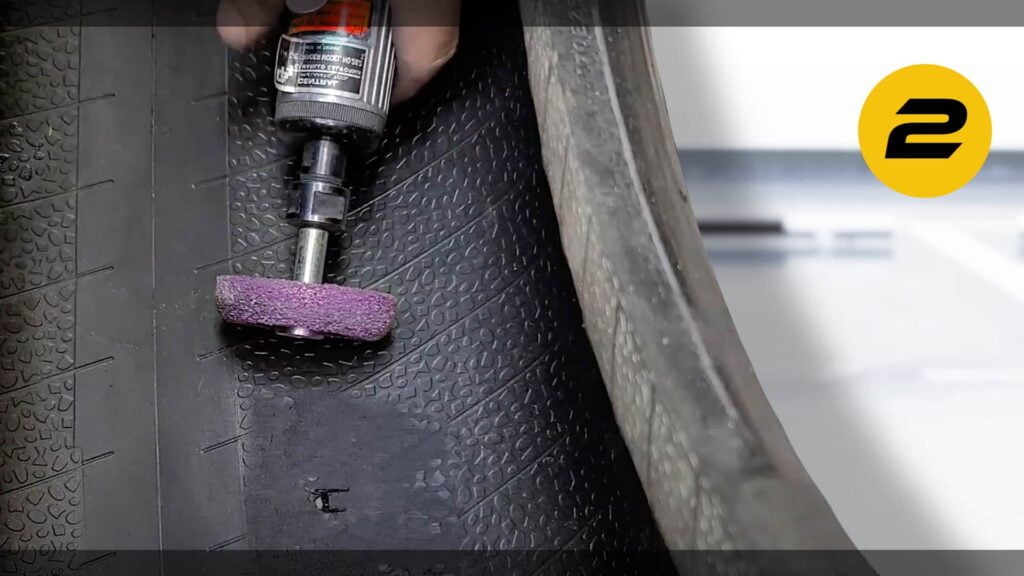
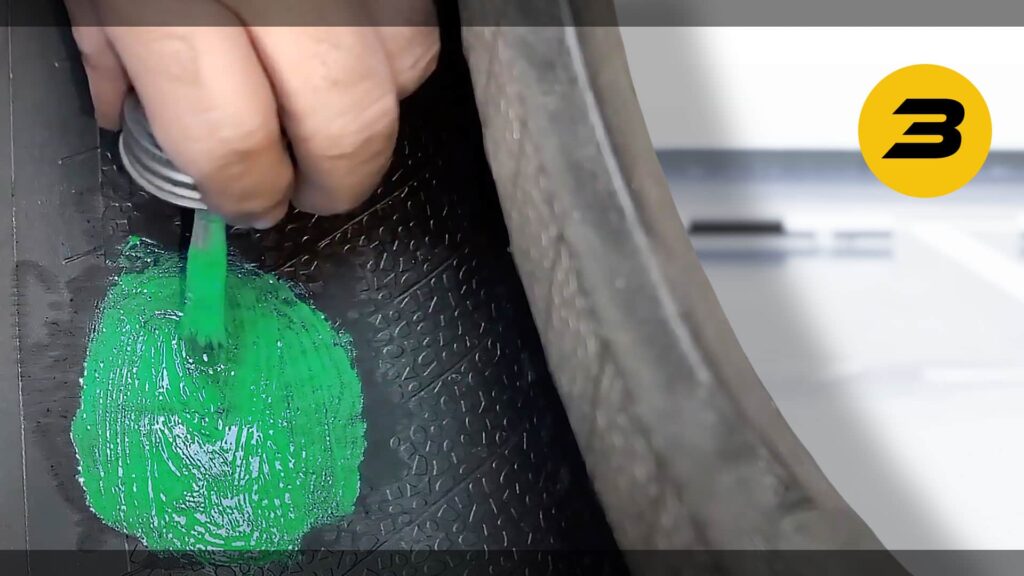
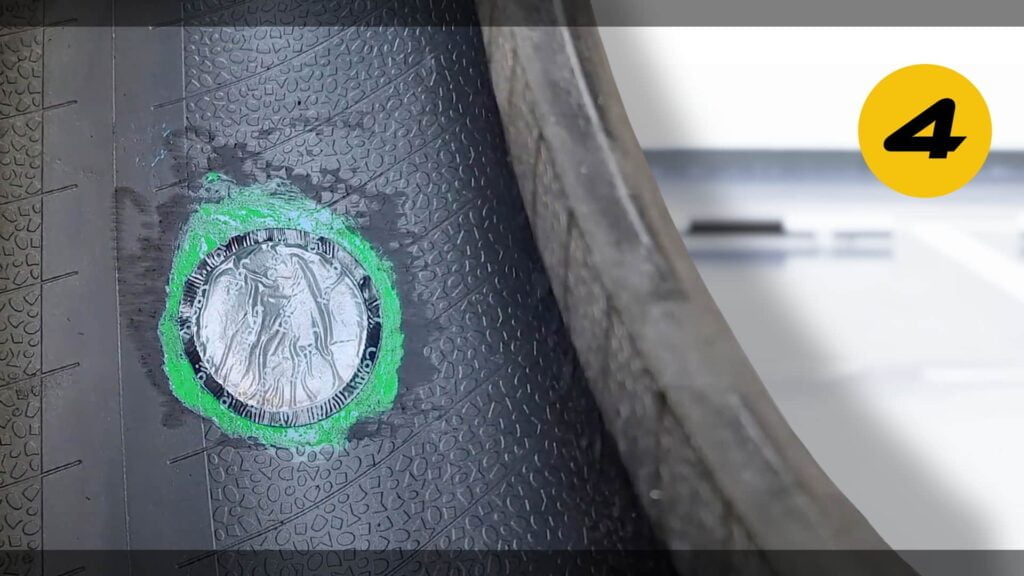
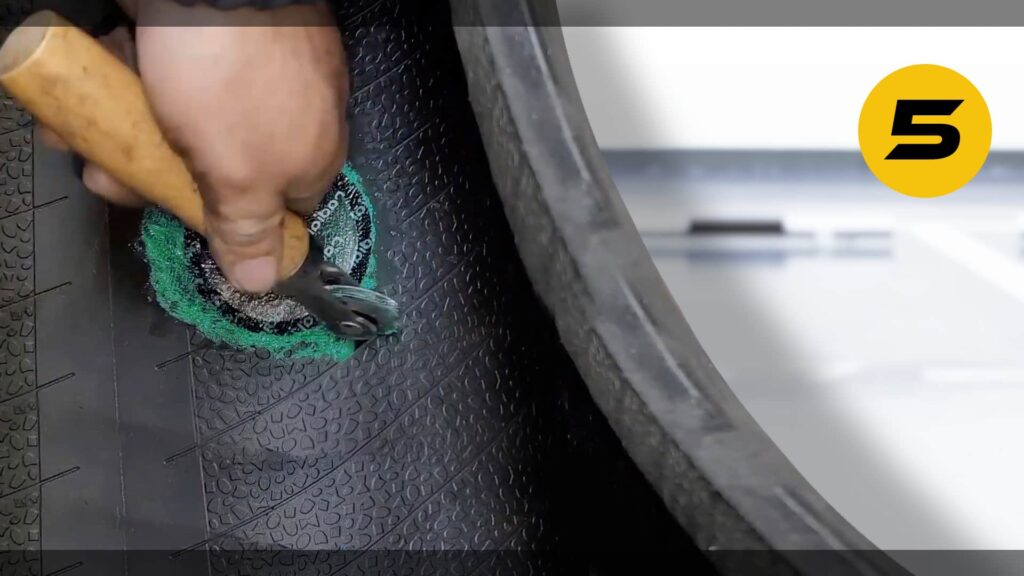
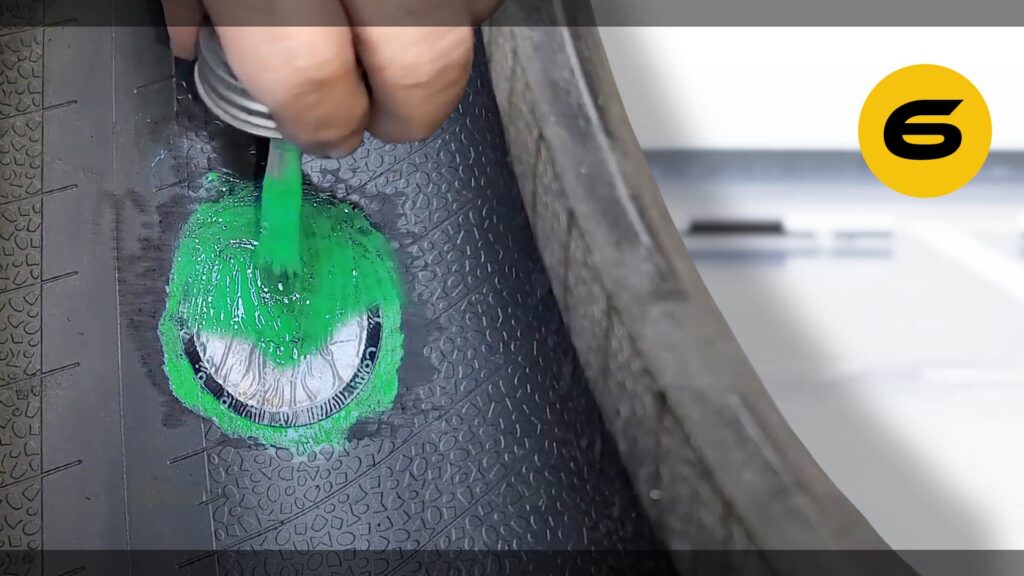
How Long Does A Patched Tire Last?
If a patch is applied correctly, it can last for the remaining lifespan of the tire. In fact, some manufacturers even approve patches as permanent repairs.
Pros And Cons Of Tire Plugs
Advantages Of Using A Tire Plug
Potential Drawbacks
Pros And Cons Of Tire Patches
Advantages Of Using A Tire Patch
Potential Drawbacks
Combination Tire Repair Options
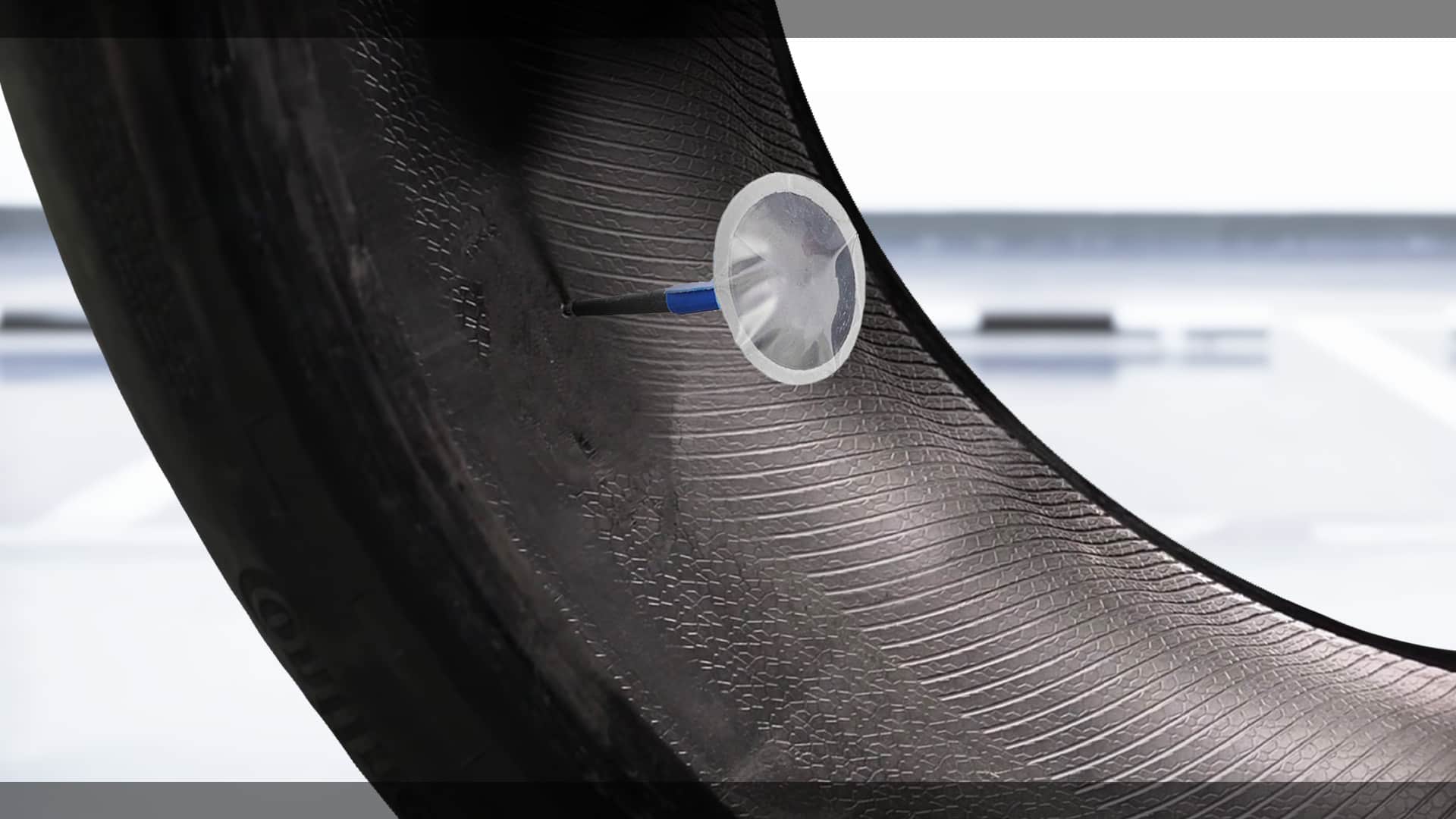
While both methods can be used for repairing a tire, many experts consider the combination of plugging and patching as the best option for permanent tire repairs.
The reason is that patches provide reinforcement to the interior of the tire while plugs seal up any remaining air leaks outside. This way, you get double protection from further damage or blowouts.
Cost Comparison
| Tire Repair Method | Average Cost |
|---|---|
| Tire Plug | $20 – $30 |
| Tire Patch | $30 – $55 |
DIY Or Mechanic?
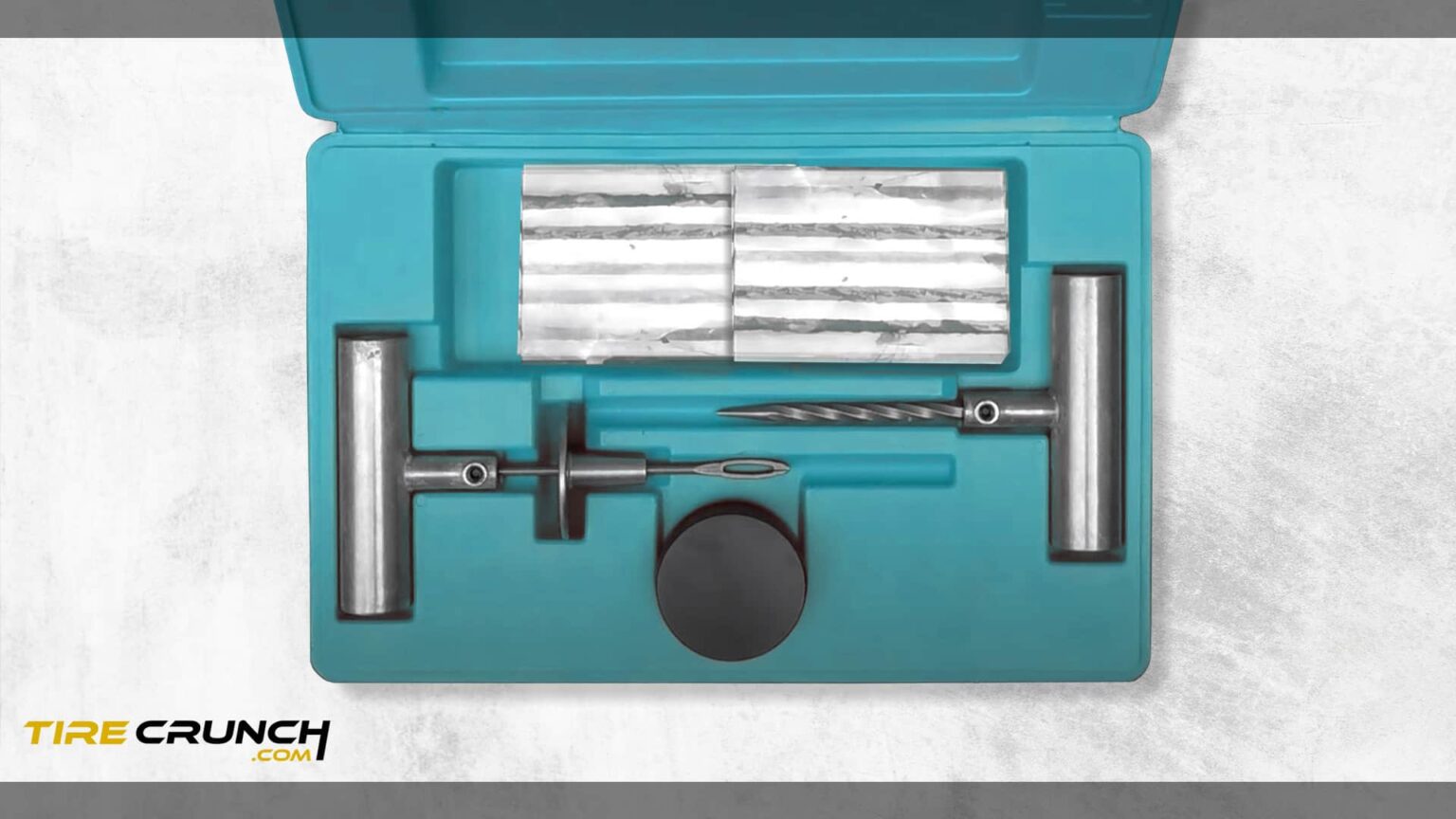
When it comes to fixing a flat tire, the question arises: should you go for a DIY repair or seek help from a mechanic? While using a tire plug kit can be tempting as an easy and cheaper option, it is important to consider the limitations of this method.
Tire plugs may not provide long-term solutions and could potentially cause further damage if used incorrectly. On the other hand, seeking assistance from a trained professional ensures that your vehicle receives proper care and attention with specialized equipment.
Tips For Maintaining Tire Health
Proper tire maintenance is crucial for ensuring safe driving and preserving the lifespan of your tires. Here are some tips to help maintain tire health:
Related Reading: How To Prevent Flat Spots On Tires During Storage?
FAQs
Is Patching Or Plugging A Tire Safe?
Both patching and plugging a tire can be safe when done correctly. However, as previously mentioned, safety experts generally consider a tire patch to be the safer option as it creates a more secure seal.
This is because a patch covers the inside of the tire where the puncture occurred and is sealed in place with adhesive. On the other hand, a plug only fills the hole from the outside without covering any damage that may have occurred on the inner wall of your tire.
Can A Tire Plug Fall Out?
The truth is that if a tire plug is installed correctly, it shouldn’t fall out.
When you insert the plug into a hole in your tire’s tread, it creates a seal by filling up the gap with rubber and adhesive material. The plug adheres to the inside of the tire and remains firmly attached unless there’s any significant force pushing from the outside.
So, as long as you use quality plugs and follow proper installation procedures, you don’t have to worry about them falling out.
Final Words
When it comes to tire damage, understanding your options for repair can help you make the right choice. While both tire plugs and patches have their advantages and disadvantages, combining them is typically recommended for a more secure fix.
Proper tire maintenance can also go a long way in preventing future damage and prolonging the life of your tires. So next time you find yourself with a punctured or damaged tire, consider all of your repair options before hitting the road again.
